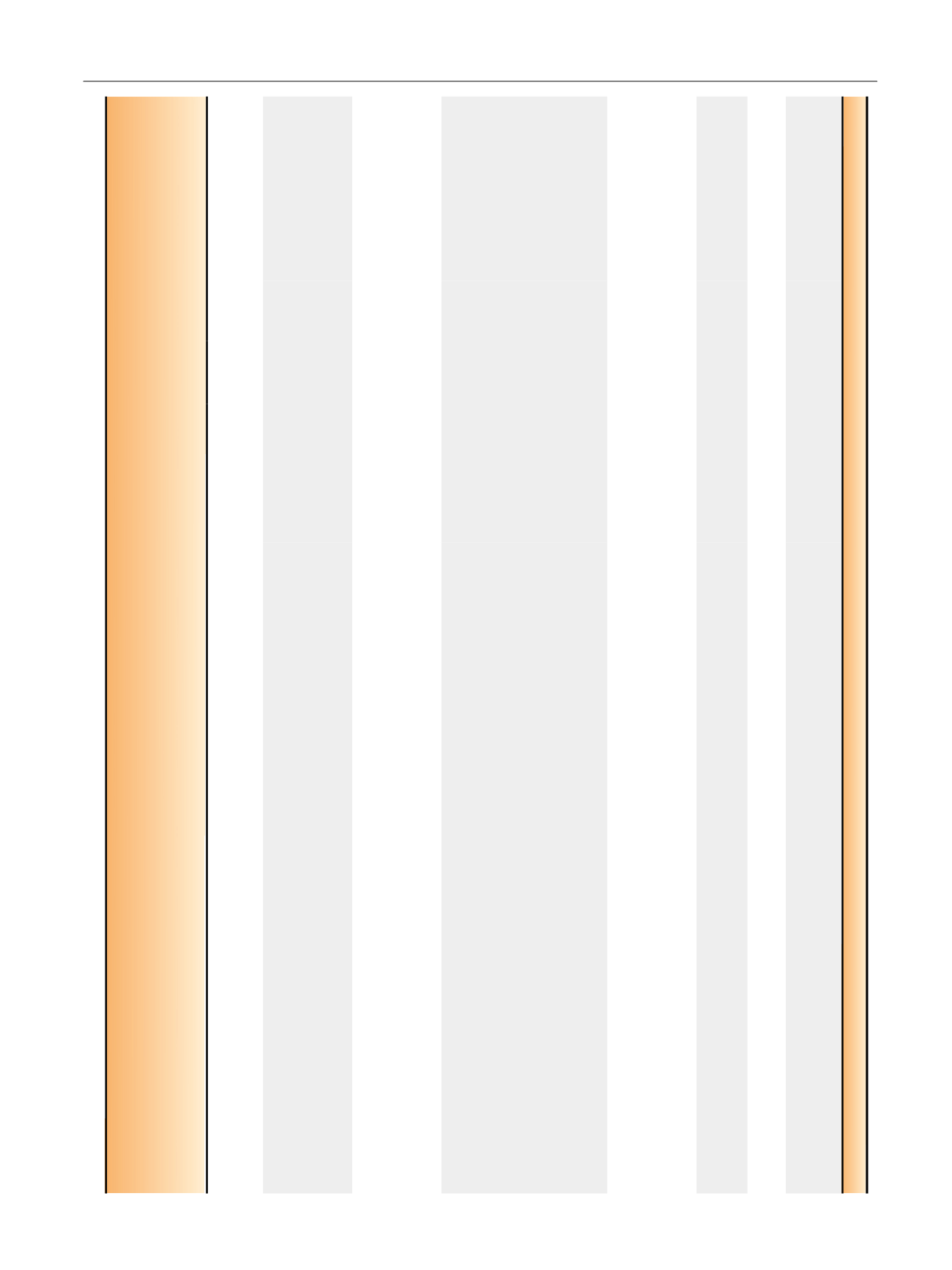

Table 2 – Distribution of the percent of patients with tumour progression
Analysis
Tumour
progression
1973 grade—studies
included
1973
grade—
number of
patients
1973
grade—
percent
of G1
patients
with
progression
1973
grade—
percent
of G2
patients
with
progression
1973
grade—
percent
of G3
patients
with
progression
Pearson
x
2
test
p
value
2004/2016
grade—studies
included
2004/2016
grade—
number
of patients
2004/2016
grade—
percent
of PUNLMP
patients
with
progression
2004/2016
grade—
percent
of LG
patients
with
progression
2004/2016
grade—
percent
of HG
patients
with
progression
Pearson
x
2
test
p
value
Studies in which both
1973 and 1998/2004
can be compared
T2 or
greater
increase
in stage
Chen (2012)
[20] ,Burger (2008)
[26]
,Samaratunga (2002)
[32]
,van Rhijn (2010)
[3]757
3.2
8.5
32.1
0.000 Chen (2012)
[20]
,Burger (2008)
[26]
,Samaratunga (2002)
[32]
,Van Rhijn (2010)
[3]761
1.1
4.3
25.2
0.000
Studies in which both
1973 and 1998/2004
can be compared
Any
increase
in stage
Mangrud (2014)
[16]
,Chen (2012)
[20] ,Burger (2008)
[26]
,Burger (2008)
[27]
,Samaratunga (2002)
[32]
,van Rhijn (2010)
[3] ,May (2010)
[33]
1371
3.3
8.4
27.3
0.000 Mangrud (2014)
[16]
,Chen (2012)
[20]
,Burger (2008)
[26]
,Burger (2008)
[27]
,Samaratunga (2002)
[32]
,van Rhijn (2010)
[3]
,May (2010)
[33]
1372
2.1
4.5
22.0
0.000
All studies with
progression data
T2 or
greater
increase
in stage
Chen (2012)
[20] ,Pellucchi (2015)
[22]
,Burger (2008)
[26]
,Kamel (2006)
[29]
,Samaratunga (2002)
[32]
,van Rhijn (2010)
[3]1128
3.2
9.8
29.5
0.000 Gontero (2014)
[18]
,Chen (2012)
[20]
,Pellucchi (2015)
[22]
,Burger (2008)
[26]
,Kamel (2006)
[29]
,Samaratunga (2002)
[32]
,van Rhijn (2010)
[3]
1263
1.1
4.3
19.2
0.000
All studies with
progression data
Any
increase
in stage
Mangrud (2014)
[16]
,Chen (2012)
[20] ,Pellucchi (2011)
[21]
,Pellucchi (2015)
[22]
,Burger (2008)
[26]
,Burger (2008)
[27]
,Kamel (2006)
[29]
,Samaratunga (2002)
[32]
,van Rhijn (2010)
[3] ,May (2010)
[33]2012
2.9
8.9
27.6
0.000 Mangrud (2014)
[16]
,Gontero (2014)
[18]
,Chen (2012)
[20]
,Pellucchi (2011)
[21]
,Pellucchi (2015)
[22]
,Burger (2008)
[26]
,Burger (2008)
[27]
,Kamel (2006)
[29]
,Oosterhuis (2002)
[31]
,Samaratunga (2002)
[32]
,Holma¨ng (2001)
[17]
,van Rhijn (2010)
[3]
,May (2010)
[33]
2809
1.7
4.4
18.8
0.000
Ta patients only
Any
increase
in stage
Pellucchi (2011)
[21]
,Burger (2008)
[26]
,Samaratunga (2002)
[32]
,May (2010)
[33]
706
3.7
7.4
35.0
0.000 Gontero (2014)
[18]
,Pellucchi (2011)
[21]
,Burger (2008)
[26]
,Oosterhuis (2002)
[31]
,Samaratunga (2002)
[32]
,Holma¨ng (2001)
[17]
,May (2010)
[33]
1506
1.6
4.4
14.1
0.000
T1 patients only
T2 or
greater
increase
in stage
Pellucchi (2015)
[22]
,Kamel (2006)
[29]
371
–
12.4
28.0
0.000 Pellucchi (2015)
[22]
,Kamel (2006)
[29]
371
–
–
20.2
–
G1 vs G2 in Ta LG
tumours
Any
increase
in stage
Pellucchi (2011)
[21]
270
1.2
7.1
–
0.039 Pellucchi (2011)
[21]
270
–
5.2
–
–
G2 vs G3 in T1 HG
tumours
T2 or
greater
increase
in stage
Pellucchi (2015)
[22]
,Kamel (2006)
[29]
371
–
12.4
28.0
0.000 Pellucchi (2015)
[22]
,Kamel (2006)
[29]
371
–
–
20.2
–
G1 = grade 1; G2 = grade 2; G3 = grade 3; HG = high grade; LG = low grade; PUNLMP = papillary urothelial neoplasm with low malignant potential.
E U R O P E A N U R O L O G Y 7 2 ( 2 0 1 7 ) 8 0 1 – 8 1 3
807
















